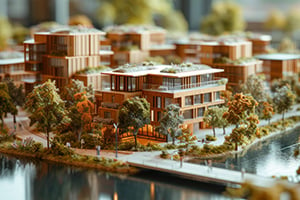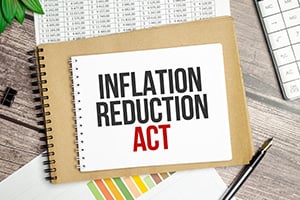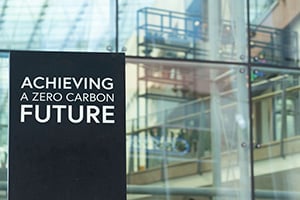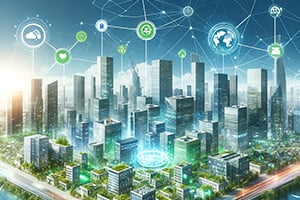 What Does Resiliency Look Like?
What Does Resiliency Look Like?
Building for today just doesn’t cut it. We must build for tomorrow. What does building for tomorrow look like? Creating infrastructure and architecture for tomorrow’s world all comes down to designing with sustainability in mind. Buildings that don’t last a long time can end up having costly and dangerous implications for both humans and the planet. The buildings of tomorrow must be able to survive both time and natural disasters.
What Are the Hallmarks of Sustainable and Resilient Designs?
The materials that are used in the design and construction of a building create a foundation for sustainability. It is preferable to use building resources that are local, renewable and recycled whenever possible. In addition, all materials used should be durable and flexible enough to endure whatever natural disasters or weather patterns are prevalent in a location. The recent devastating earthquakes and hurricanes throughout the world have shown us that creating disaster-proof buildings is one sustainability trend that is here to stay. The growing populations in towns and cities across the world leave us with no other option than to try to reduce the devastation and destruction that come as a result of natural disasters that occur in populated areas. One exciting example of the innovation happening in this realm is a new form of earthquake-proof concrete that is currently in a pilot phase. This is the type of innovation that will save lives across the world. Designing a universal building that can be copied over and over again in different geographical locations simply won’t cut it. Customization is a big part of sustainability.
Simplicity is another big component of creating a sustainable and resilient building. Buildings should be designed to be easily repaired. This is a natural extension of designing buildings to withstand the elements and natural disasters. The goal should be to create a design using materials that can be easily replaced when damage occurs or aging begins to show.
Sustainable buildings aren’t just constructed using sustainable materials. They should also be powered by them. A building that runs on renewable, natural energy sources can serve more people without necessarily creating a bigger footprint. Even buildings that aren’t capable of running completely on renewable energy sources should still be designed with a high level of efficiency. This can take the shape of ENERGY STAR products or system designs that deliver the most output with the least amount of input. In addition, updated and efficient systems offer resiliency because they are easy to repair and feature backup systems.
An Eye on Sustainable Designs
Creating sustainable buildings takes boldness. It often means creating a building that is the first in its neighborhood or office park to look or operate a certain way. Sustainable Investment Group (SIG) always has an eye on resiliency. We help companies and organizations achieve resiliency in both subtle and big ways. We offer LEED exam prep training, engineering services and LEED consulting. In addition, we can help an organization take that first easy step toward achieving resiliency through ENERGY STAR certification. We are proud to say that the demand for ENERGY STAR certification is growing each year. Team members from Sustainable Investment Group (SIG) have taught classes throughout the country and are willing to travel internationally for our clients.
© 2017 Sustainable Investment Group (SIG). All rights reserved.



